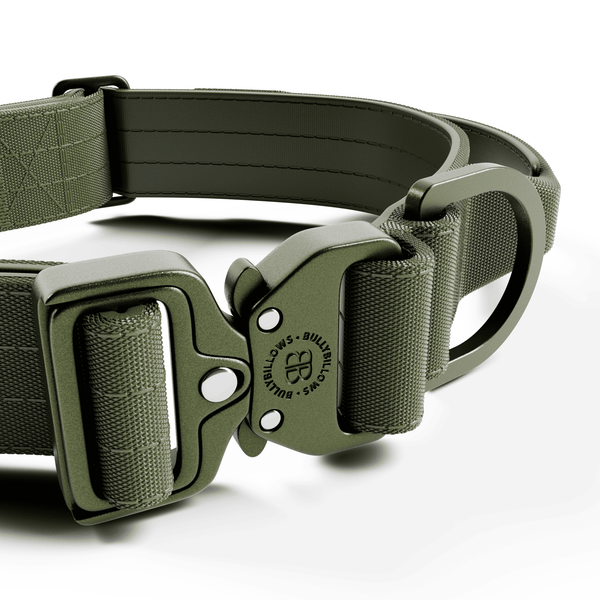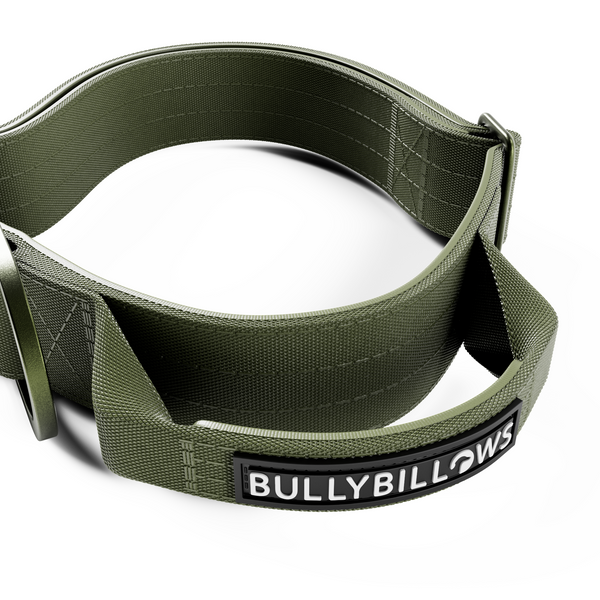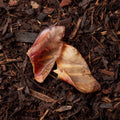
How much to feed my puppy? What to feed? When to feed? When to stop feeding puppy food and move on to big boy or girl food?
If you are a new first-time puppy parent, it is obvious to have a lot many questions regarding their food. And yes, they are important to get answered.
The food your puppy eats is critical for their happy and healthy life. You should make sure your pup is getting enough and the right nutrients as it will help them grow healthy at a steady pace. Also, a proper meal routine makes your life as a pup parent a lot easier.
Here is an ultimate guide where you can get answers to all your puppy feeding questions.
Guide to feeding a puppy correctly
What to feed your pup?
When you get a puppy, it is better to track down what food they were eating so you can decide whether to continue feeding the same food to them or adapt them to new puppy food.
Do not change food abruptly so that it would be easier on your puppy's stomach. Learn from the previous caretaker that what they were being fed.
Avoid feeding human food to them, as it has higher calories and is not good for baby dogs. In some cases, human food can make your dog sick. Food such as grapes, onion, candy, and chocolates are poison to dogs. So stay cautious and plan their meals carefully.
Select the right puppy food
Your tiny fur baby needs good nutritious puppy food. A complete and balanced diet ensures that your puppy gets proper nutrition and grows into a healthy dog. It is a good idea to consult with a vet to determine what to feed your puppy in the long-term, ask if they have particular food recommendations.
Generally, puppy foods are prepared with a balance of essential nutrients that grow up a healthy and active puppy. Here are our tips -
- Strengthen their growing muscles with some protein-rich formulated food.
- Add carbohydrates to their food for the energy and activity pup needs.
- Aid developing their teeth and bones with calcium-rich food.
- Include DHA for a healthy brain and better vision.
Also, it is important to keep them hydrated, so make sure clean water is available to them all the time.
Feed according to breed size
Not all puppies need the same food; there are size-specific formulas for certain breed sizes. These formulas fulfill the specific needs of small and large breed puppies.
The large breed has a potential risk of joint problems, so one must include additional nutrients to strengthen their joints.
Smaller kibble is best for the small breeds as they can chew their food easily and get all the essential nutrients. Plus, the smaller breed puppies have a comparatively higher metabolic rate, thus need more nutrient-dense and high energy food.
Chunky small breeds like pugs need a low-calorie diet as they are prone to hip dysplasia. Consult with a vet to plan their meal effectively.
Feeding quantity
Now, as you know what to feed, the question is how much to feed your puppy.
Puppies grow so fastly, therefore, they need a complete and balanced diet from the time they wean.
The weight at maturity is a deciding factor in the amount of food they need to feed. So the more they weigh, the more food they require.
Divide the total amount of food equally to each feeding. For example, two bowls of food for the entire day means one bowl per feed; if you are feeding twice a day.
As the puppy grows, you need to increase the amount of food, and for that, you need to monitor the weight of the pup. Keep a watch so they won’t get overweight. Go for regular vet checkups to make sure they are doing well.
When to feed
Creating a feeding schedule is as important as what to feed and the amount of feeding. As you have divided total food into a series of smaller feeding, now give those smaller feeds into regular intervals each day.
There is an easy way to schedule their feeding- feed them when you eat- breakfast, lunch, dinner.
Feed them early evening so that they have enough time to digest the food.
The schedule is the key! Consistency helps them to get into a routine.
Tip - Do not feed your puppy immediately after you get back home from work, as it may develop separation anxiety.
When to switch to adult dog food
Eventually, you need to stop feeding your tiny pooch puppy food and start feeding them balanced and complete adult dog food.
This switch is dependent on their breed size. Larger breed size takes a longer time to reach maturity, and they need puppy food for up to two years. In general, the food transition is expected between one to two years. Find out the right time for food transition for your pup breed.
Transit the food slowly, not quickly, as it will prevent the stomach and other health issues. Start the transition by feeding them the combination of both foods.
Puppy treats
Those happy puppy eyes when you reward them with tasty treats! Ohh! How can you resist getting that feeling! Also, treats make training easy and effective.
For treats, keep the 90/10 rule in mind, no matter if the reward is for their good behavior or simply you want them to feel loved. According to this rule, 90 percent of their calories should be part of their routine food, and the rest 10 percent of it can be from treats. Following this treat rule, you can avoid health and overweight problems.
It is hard to resist those shiny puppy eyes, but as a pup parent, it is your responsibility to keep them healthy. Remember, the treats are not as healthy as their regular puppy food.
If you find your pup is gaining excess weight, cut down on the treats. Keep the right balance of food and treats for their healthy weight gain. You can also opt for healthier treats.
Avoid giving too much treat at once, as the smaller treats are best to train them. Also, make sure you don’t feed them from the table as it encourages the begging habit and other unwanted behavior.
Follow our guide to feed a puppy and keep your pup healthy and happy!
Also, keep visiting this space for such posts!





























































